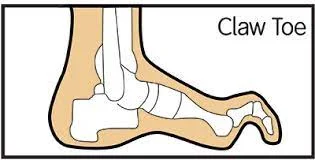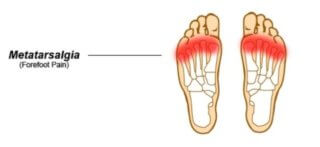CLAW TOE PHYSIOTHERAPY TREATMENT:
Claw Toe Defination : What are the causes of Claw toe? What are the signs and symptoms of Claw Toe ? Risk Factors of Claw Toe? Deferential Diagnosis: Diagnosis: Diagnostic methods used in the condition are: What are the treatment options available to treat Claw Toe? Non-operative Treatment : Indications : Operative Treatment : Indications…










